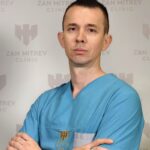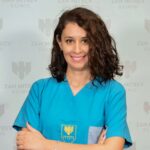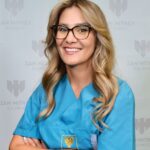 00389 2 3091 484
00389 2 3091 484
Dentistry

Implants
The purpose of dental implants is to replace missing or lost teeth.
Implants are placed when the patient loses some or all of their teeth. Their purpose is to replace the root of the tooth. They support the placement of crowns that actually replace the lost tooth or fix the prosthetic constructions when some or all teeth need to be replaced. They are made of titanium, they are not corrosive, and they are biocompatible and inert relative to the bone.
- If the patient loses one or several teeth – in these cases the patients receive one or two implants which serve a supports for the placement of an individual crown or a dental bridge in order to compensate for the functional and aesthetic deficiencies.
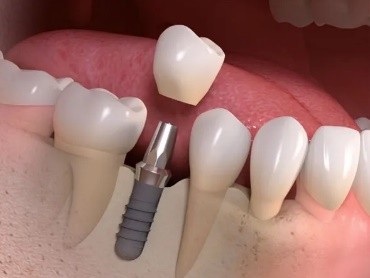
- ALL ON 4 – This method explains the process of restoring the smile once all teeth have been lost. It involves the placement of 4 dental implants on the previously planned locations in the mouth, which will support a prosthetic structure (a hybrid prosthetic construction)
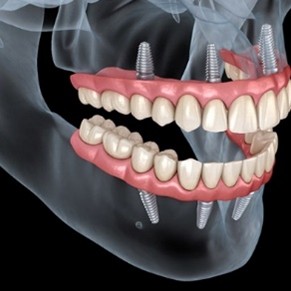
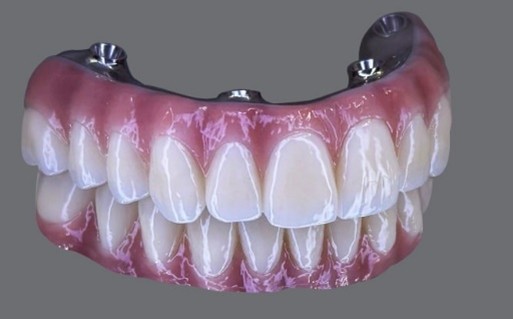
- ALL ON 6 – This method is used when there is a possibility to place 6 implants in the jaw. The prosthetic construction above the implants serves to compensate for all of the lost teeth.
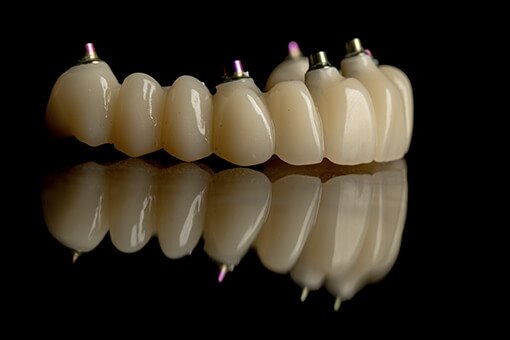
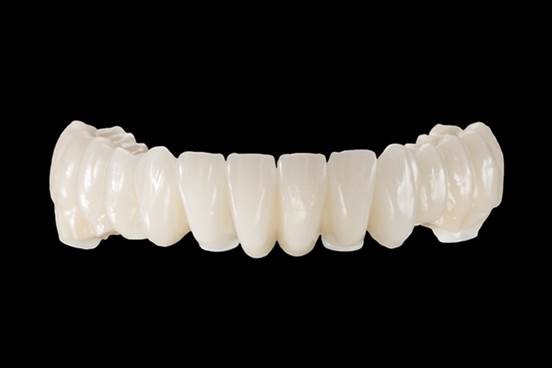
- Guided implantology – This is a method used to perfectly position one or several implants. Specialized programs help digitally determine the precise placement location, a so-called implant guide is placed, and ultimately the implants is positioned exactly on the planned location.
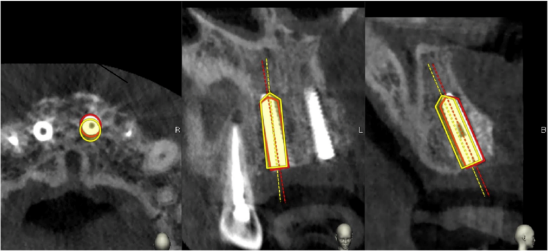
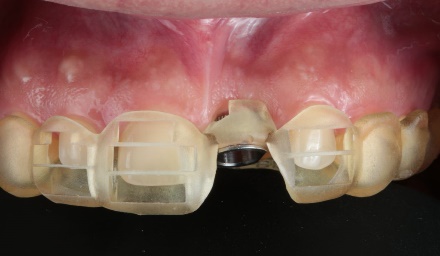
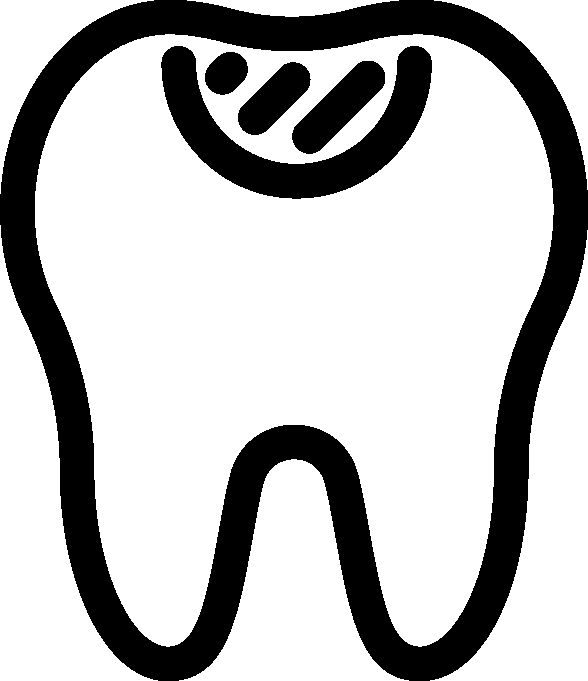
Endodontics
Endodontics is a branch of stomatology dealing with the diagnostics and treatment of diseases and inflammations of the pulp (the innermost soft tissue of the teeth) and the root canals.
When the tooth pulp becomes infected or inflamed due to deep carries, a fissure, trauma or repeated dentist’s interventions, endodontic treatment is necessary in order to prevent tooth extractions.
The procedure involves:
-removal of the infected pulp
-cleaning and disinfection of the root canals
-filling and sealing of the canals using specialized materials
The benefits of the endodontic treatment are:
-preserves the natural tooth
-eliminates pain and infections
-prevents further complications and the need for more complex interventions
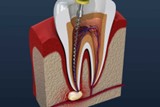
Our clinic performs complex endodontic therapies using technology with mechanical instruments and digital radiography, facilitating swifter, more painless and more precise results.
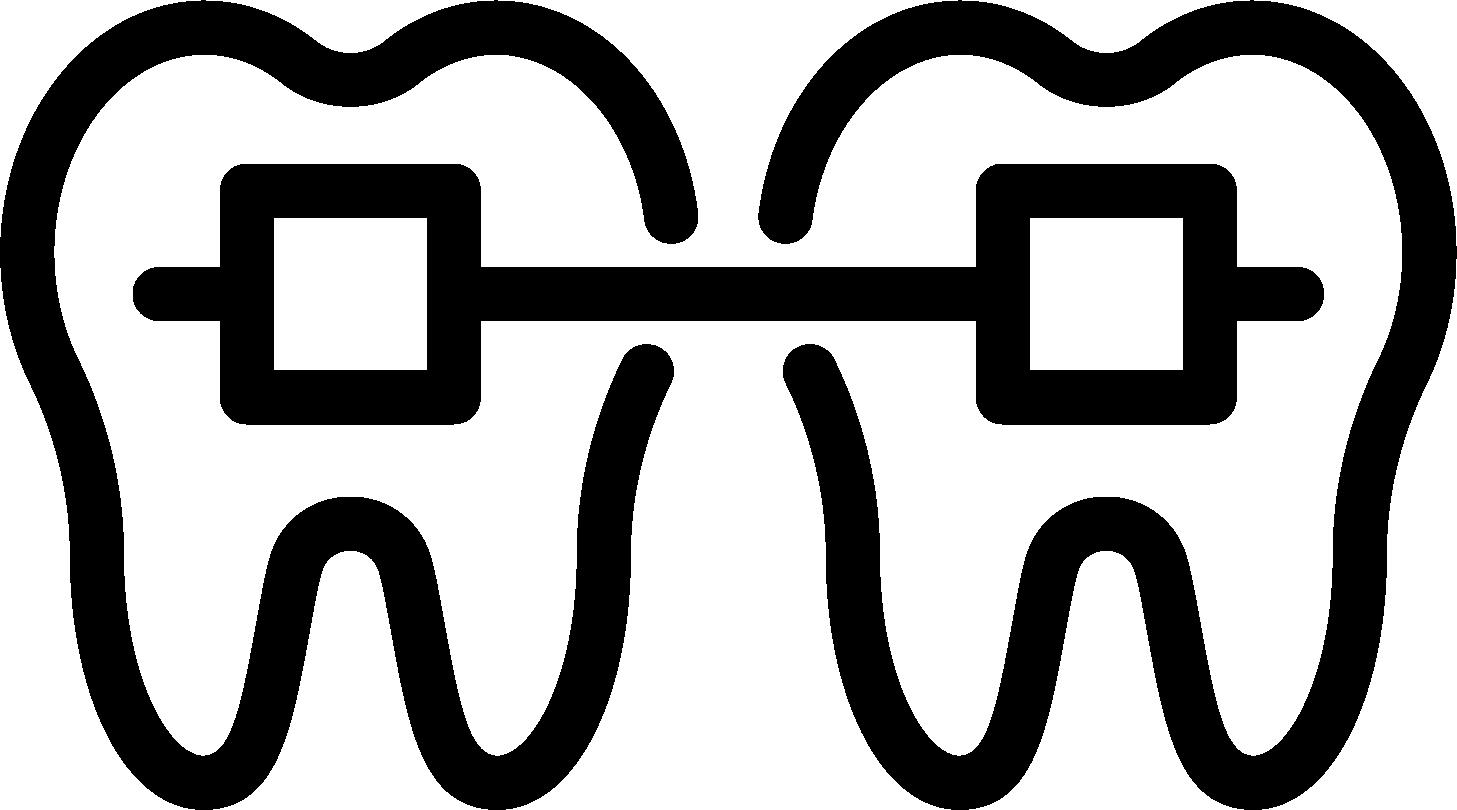
Orthodontics
The purpose of orthodontics is to correct irregularly placed teeth and misaligned bite and balance the disharmonic variations of the smile and the face. The benefits are comprehensive: functional, aesthetic, and psychological, and they help people accept themselves and feel satisfied with themselves.
Usually, orthodontic treatments are performed after the permanent teeth eruption is complete. However, in case of irregularities affecting jaw development, early orthodontic treatment is essential, and it reduces the need for complex treatments in the future. Timely orthodontic examination is also important for the assessment of the orofacial functions: breathing, swallowing, speaking. The early childhood and teenage period is not the only time to rectify the teeth. With the progress of technology, today there are prostheses that are smaller, more comfortable, quicker, and more discrete. Aligners, as the ultimate orthodontic treatment type that is continuously developing, can be an option for all ages, and mostly for those that do not wish to be noticed during the process of achieving a beautiful smile.
- Fixed prosthesis with ceramic brackets

- Fixed prosthesis with self-ligating brackets
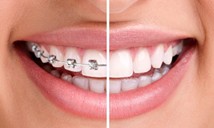
- Aligners

- Mobile apparatus
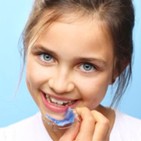
Implants are placed when the patient loses some or all of their teeth. Their purpose is to replace the root of the tooth. They support the placement of crowns that actually replace the lost tooth or fix the prosthetic constructions when some or all teeth need to be replaced. They are made of titanium, they are not corrosive, and they are biocompatible and inert relative to the bone.
- If the patient loses one or several teeth – in these cases the patients receive one or two implants which serve a supports for the placement of an individual crown or a dental bridge in order to compensate for the functional and aesthetic deficiencies.

- ALL ON 4 – This method explains the process of restoring the smile once all teeth have been lost. It involves the placement of 4 dental implants on the previously planned locations in the mouth, which will support a prosthetic structure (a hybrid prosthetic construction)


- ALL ON 6 – This method is used when there is a possibility to place 6 implants in the jaw. The prosthetic construction above the implants serves to compensate for all of the lost teeth.


- Guided implantology – This is a method used to perfectly position one or several implants. Specialized programs help digitally determine the precise placement location, a so-called implant guide is placed, and ultimately the implants is positioned exactly on the planned location.


When the tooth pulp becomes infected or inflamed due to deep carries, a fissure, trauma or repeated dentist’s interventions, endodontic treatment is necessary in order to prevent tooth extractions.
The procedure involves:
-removal of the infected pulp
-cleaning and disinfection of the root canals
-filling and sealing of the canals using specialized materials
The benefits of the endodontic treatment are:
-preserves the natural tooth
-eliminates pain and infections
-prevents further complications and the need for more complex interventions

Our clinic performs complex endodontic therapies using technology with mechanical instruments and digital radiography, facilitating swifter, more painless and more precise results.
Usually, orthodontic treatments are performed after the permanent teeth eruption is complete. However, in case of irregularities affecting jaw development, early orthodontic treatment is essential, and it reduces the need for complex treatments in the future. Timely orthodontic examination is also important for the assessment of the orofacial functions: breathing, swallowing, speaking. The early childhood and teenage period is not the only time to rectify the teeth. With the progress of technology, today there are prostheses that are smaller, more comfortable, quicker, and more discrete. Aligners, as the ultimate orthodontic treatment type that is continuously developing, can be an option for all ages, and mostly for those that do not wish to be noticed during the process of achieving a beautiful smile.
- Fixed prosthesis with ceramic brackets

- Fixed prosthesis with self-ligating brackets

- Aligners

- Mobile apparatus

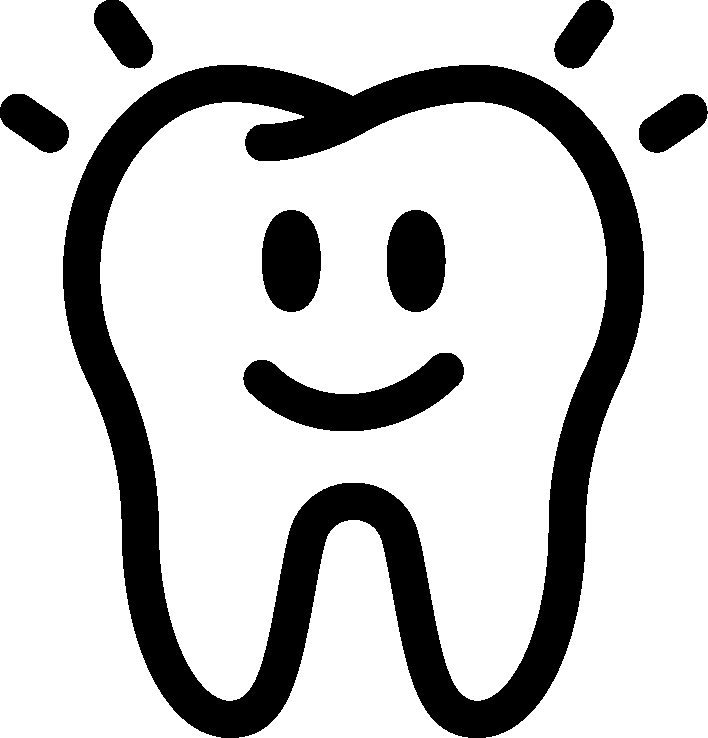
Pedodontics
Children’s stomatology – caring for smiles since an early age. Pedodontics is a specialized area focusing on the oral health of children – since early childhood until adolescence. Our approach is careful, adapted to the age and the needs of the children in order to create a pleasant and safe experience during every visit.
What does the treatment include?
- Examination and diagnostics of deciduous teeth and permanent teeth
- Removal of caries and dental filling
- Prophylactic treatments (cleaning, fluoridation, sealing of fissures)
- Hygiene and nourishment advice
- Timely follow-up of the growth and development of teeth and the jaws
- Treatment of injuries or infections of the deciduous teeth
- Mild sedation if required to mitigate fear or pain
- Providing support for children with special needs
- Timely detection and referral to orthodontic assessment
In addition, we offer an individualized approach for every child in order to build positive habits, trust, and a feeling of safety in the dentist’s office. Our team has experience and patience to deal with fear and anxiety of the youngest patients, turning each visit into a positive experience.
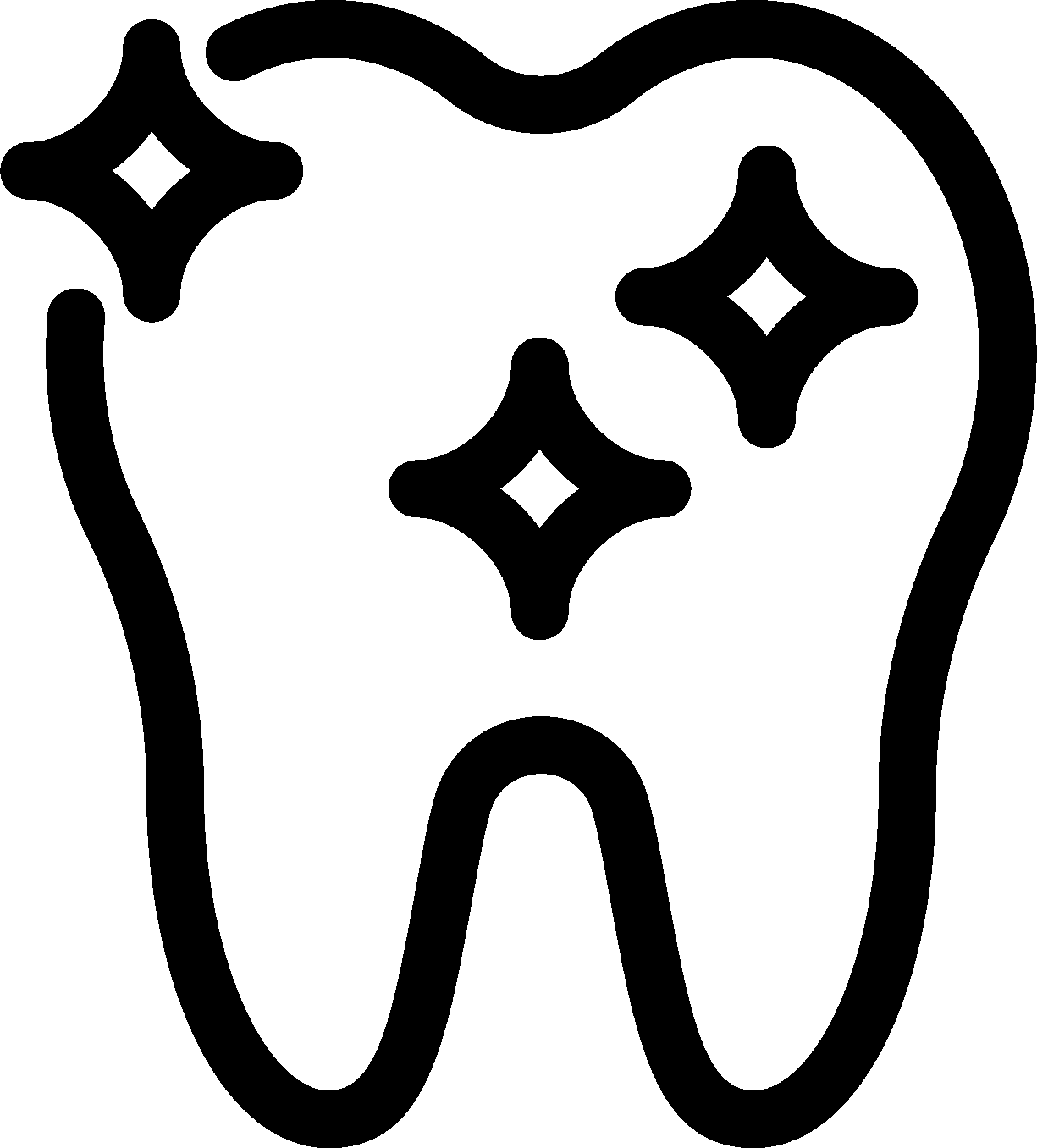
Prophylaxis / cleaning of the teeth
Caries and periodontitis are the most common diseases of the teeth. They can be prevented by maintaining daily hygiene primarily at home and from early childhood. Regular visits to a dentist can facilitate timely detection and repair of even the smallest signs of diseases of the teeth and the gums. Regular professional teeth cleaning is essential. Prophylaxis is necessary even after professional dentist’s treatments in order to prevent further complications.

Oral surgical interventions
See more See more- Tooth extractions: the removal of teeth that are destroyed or that have ineffective processes. Removal of impacted teeth (usually wisdom teeth and third molars)

Surgical removal of pathologic lesions: Excision of cysts, tumors and other abnormal growths in the mouth cavity.
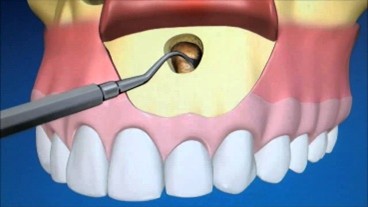
- Soft tissue and bone surgery: Frenulectomy, gingivectomy, corticotomy, apicoectomy
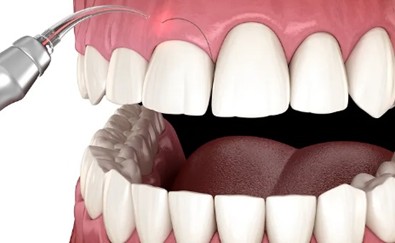
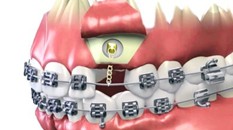
- Pre-prosthetic surgery: Procedures for preparing the oral tissues for prosthetic constructions, such as alveoloplasty, gingivoplasty, vestibuloplasty, frenulectomy etc.
- Bone augmentation and soft tissue graft: Increasing of the deficient jaw, bone and gum tissue using grafts to support implants and other restorations.
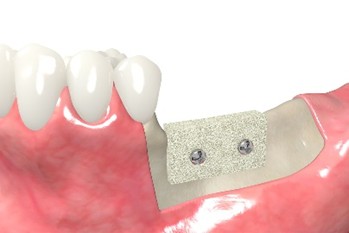
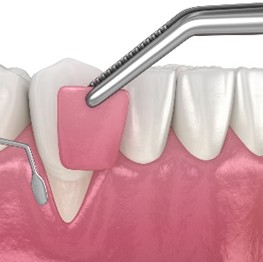
Sinus lift: Lifting of the sinus membrane in order to create space for the placement of dental implants.
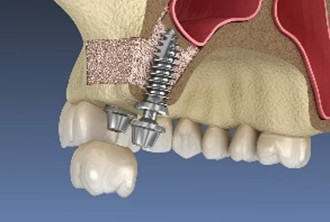
- Biopsies: Taking tissue samples from suspect lesions for diagnostic purposes.
What does the treatment include?
- Examination and diagnostics of deciduous teeth and permanent teeth
- Removal of caries and dental filling
- Prophylactic treatments (cleaning, fluoridation, sealing of fissures)
- Hygiene and nourishment advice
- Timely follow-up of the growth and development of teeth and the jaws
- Treatment of injuries or infections of the deciduous teeth
- Mild sedation if required to mitigate fear or pain
- Providing support for children with special needs
- Timely detection and referral to orthodontic assessment
In addition, we offer an individualized approach for every child in order to build positive habits, trust, and a feeling of safety in the dentist’s office. Our team has experience and patience to deal with fear and anxiety of the youngest patients, turning each visit into a positive experience.
- Tooth extractions: the removal of teeth that are destroyed or that have ineffective processes. Removal of impacted teeth (usually wisdom teeth and third molars)

Surgical removal of pathologic lesions: Excision of cysts, tumors and other abnormal growths in the mouth cavity.

- Soft tissue and bone surgery: Frenulectomy, gingivectomy, corticotomy, apicoectomy


- Pre-prosthetic surgery: Procedures for preparing the oral tissues for prosthetic constructions, such as alveoloplasty, gingivoplasty, vestibuloplasty, frenulectomy etc.
- Bone augmentation and soft tissue graft: Increasing of the deficient jaw, bone and gum tissue using grafts to support implants and other restorations.


Sinus lift: Lifting of the sinus membrane in order to create space for the placement of dental implants.

- Biopsies: Taking tissue samples from suspect lesions for diagnostic purposes.

Fixed prosthetics
Fixed prosthetic additions include crowns and bridges. The prerequisites for the placement of such additions include presence of natural teeth and proper distribution of those teeth in the mouth.
Solo crowns can be made for every tooth, while the making of a dental bridge is contingent upon a proper distribution of the teeth in the mouth, which will be assessed by the dentist prosthetic specialist. During preparation (grinding of the teeth) a digital impression of the teeth being treated is taken and a tridimensional model is created. This model is digitally sent to the dental laboratory. The dental laboratory prints out a 3D model which is then used to make the fixed prosthetic additions. Then they come back to the dentist’s office and are tried out in the mouth of the patient. If they fit then the patient wears them temporarily, otherwise they are sent back to the laboratory for corrections.
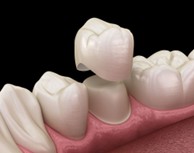


Removable denture prostheses
These prostheses are removable prosthetic additions, and they can replace multiple lost teeth (partial removable denture prostheses) or total dentures prostheses when the patient has lost all of their teeth.
The prostheses are easily removed from the mouth for cleaning and repair. There are also total prostheses above dental implants that are more acceptable for the patient because they are more stable (they fix to the dental implants) and they can be made over at least two, four, or six implants.
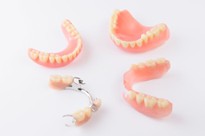

Periodontopathic disease
This is a widespread disease that affects the support tissues of the teeth. Unless properly treated in a timely fashion, it can lead to loosening of the teeth (periodontitis) and ultimately tooth loss.
The first sign is gum bleeding and gum retraction, as well an unpleasant smell from the mouth, and the advance phase involves loss of bone around the roots which manifests as loosening of the teeth. Periodontal treatments to control inflammation are performed in our clinic. These treatments together with impeccable daily oral hygiene stop the process and further sustain the outcome.
Solo crowns can be made for every tooth, while the making of a dental bridge is contingent upon a proper distribution of the teeth in the mouth, which will be assessed by the dentist prosthetic specialist. During preparation (grinding of the teeth) a digital impression of the teeth being treated is taken and a tridimensional model is created. This model is digitally sent to the dental laboratory. The dental laboratory prints out a 3D model which is then used to make the fixed prosthetic additions. Then they come back to the dentist’s office and are tried out in the mouth of the patient. If they fit then the patient wears them temporarily, otherwise they are sent back to the laboratory for corrections.


The prostheses are easily removed from the mouth for cleaning and repair. There are also total prostheses above dental implants that are more acceptable for the patient because they are more stable (they fix to the dental implants) and they can be made over at least two, four, or six implants.

The first sign is gum bleeding and gum retraction, as well an unpleasant smell from the mouth, and the advance phase involves loss of bone around the roots which manifests as loosening of the teeth. Periodontal treatments to control inflammation are performed in our clinic. These treatments together with impeccable daily oral hygiene stop the process and further sustain the outcome.

Teeth whitening – a sure route to a whiter and a shinier smile
Teeth whitening is a popular and effective cosmetic treatment used to lighten the natural color of the teeth and remove the surface stains caused by food, drink, smoking, or aging.
The procedure is performed in a dentist’s office using professional hydrogen or carbamide peroxide based bleaching gels, or with home treatments using custom made molds. The duration and method are adjusted according to the status of the teeth and the desired outcome. The whitening is painless, does not damage the tooth structure and provides quick and visible results, often even after the first session. The treatment is suitable for adults from all generations that would like to refresh their smile and improve their self-confidence.
In our clinic, this process is performed with the application of a professional method, using a Beyond whitening lamp and laser-accelerated effect.
Consult our dentists to receive a personalized plan and safe treatment.

Dental restoration
Dental restoration involves a series of dentist treatments aimed at renewing damaged and worn-out teeth that have an unsatisfactory aesthetic appearance.
Irrispective of whether dealing with caries, fissures, trauma, or natural wearing-out, restorative dentistry offers solutions that restore tooth function, stability, and aesthetics.
Depending of the needs of the patient, restoration can be:
-direct/performed during a single visit, such as composite fillings in the lateral region and the highly aesthetic nanocomposite facets on the frontal teeth
-indirect/made in a laboratory, such as crowns, onlays, or porcelain facets.
The purpose of dental restoration is not only to provide visual correction, but also protect the remaining tooth, improve chewing, and prevent further complications.
Modern materials and technologies employed in our clinic will provide you with a natural appearance, long-lasting and comfortable smile that looks and feels healthy.

3D computer tomography of the jaw bones and X-Ray panoramic images of the jaw.
3D computer tomography of the jaw bones and X-Ray panoramic images of the jaw. Radiological methods in dentistry are used for diagnostics and treatment planning.
Radiological imaging can be used for: detecting hidden caries, tooth root positioning, planning orthopedic treatments, positioning of unerupted teeth, detection of infectious processes, cysts, tumors. Radiographic imaging enables us to find out about the bone quality and quantity in the jaw whenever a dental implant is required. They help us visualize anatomic content (nerves, blood vessels, bone canals, placement of the maxillary sinus, etc.)
- X-RAY PANORAMA
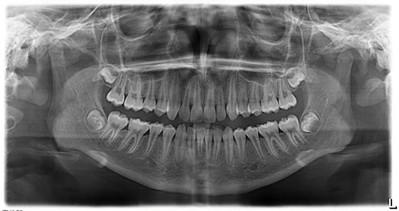
- COMPUTER TOMOGRAPHY
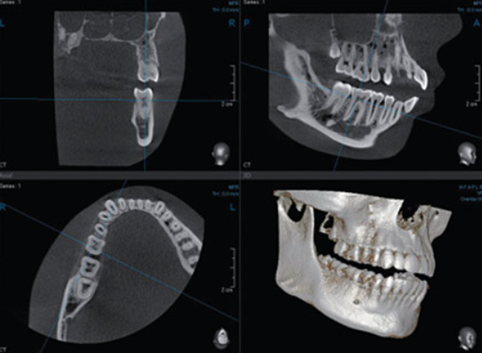
The procedure is performed in a dentist’s office using professional hydrogen or carbamide peroxide based bleaching gels, or with home treatments using custom made molds. The duration and method are adjusted according to the status of the teeth and the desired outcome. The whitening is painless, does not damage the tooth structure and provides quick and visible results, often even after the first session. The treatment is suitable for adults from all generations that would like to refresh their smile and improve their self-confidence.
In our clinic, this process is performed with the application of a professional method, using a Beyond whitening lamp and laser-accelerated effect.
Consult our dentists to receive a personalized plan and safe treatment.
Irrispective of whether dealing with caries, fissures, trauma, or natural wearing-out, restorative dentistry offers solutions that restore tooth function, stability, and aesthetics.
Depending of the needs of the patient, restoration can be:
-direct/performed during a single visit, such as composite fillings in the lateral region and the highly aesthetic nanocomposite facets on the frontal teeth
-indirect/made in a laboratory, such as crowns, onlays, or porcelain facets.
The purpose of dental restoration is not only to provide visual correction, but also protect the remaining tooth, improve chewing, and prevent further complications.
Modern materials and technologies employed in our clinic will provide you with a natural appearance, long-lasting and comfortable smile that looks and feels healthy.
Radiological imaging can be used for: detecting hidden caries, tooth root positioning, planning orthopedic treatments, positioning of unerupted teeth, detection of infectious processes, cysts, tumors. Radiographic imaging enables us to find out about the bone quality and quantity in the jaw whenever a dental implant is required. They help us visualize anatomic content (nerves, blood vessels, bone canals, placement of the maxillary sinus, etc.)
- X-RAY PANORAMA

- COMPUTER TOMOGRAPHY


Dentist interventions with an anesthesiology team
Almost all dentist procedures are performed using local anesthesia or without anesthesia. There are several conditions that prevent patients from visiting the dentist, which leads to a gradual deterioration of their oral health.
Our clinical hospital performs dental interventions using the following types of anesthesia:
- Mild sedation using dinitrogen oxide (laughing gas) – is slows the nervous system down and helps relax the patient and overcome their anxiety for the duration of the treatment. The gas is effective only while inhaled. After the completion of the intervention the patient does not require any time to wake up and the patient is ready to leave the dental office on their own. It is recommended for short procedures applied to anxious patients, children, patients that do not wish to experience any discomfort while working, etc.
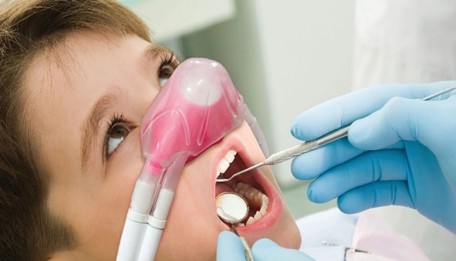
- Heightened intravenous sedation – fully relaxes and sedates the patient. The intravenous line is used to apply sedatives and analgesics that put the patient into a state of twilight sleep with preserved reflexes. During the entire procedure the patient is monitored by a team of anesthesiologists. After the completion of the intervention, the patient has no memory of the intervention itself, wakes up quickly, but also needs to be observed and stay in the hospital for about another 2 hours. This is recommended for more complex interventions where this type of anesthesia shortens the period required for the intervention, children which require tooth extraction and have difficulties cooperating, dentophobic patients, patients afraid of needles, etc.
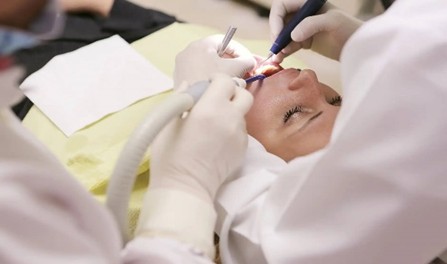
- General anesthesia – represents a state of unconsciousness where the patient is in deep sleep and does not react to stimuli. During this type of anesthesia, patients are intubated. In dentistry we use this type of anesthesia in case of longer interventions. After the completion of the dental treatment, the patient wakes up in a special room and all of their vital signs are monitored for the duration of the entire procedure. Two to three hours after waking, the patient is ready to leave the hospital. It is recommended for long and complex dental interventions that are exceptionally stressful for the patients, patients with psychological disorders, children with special needs, etc.
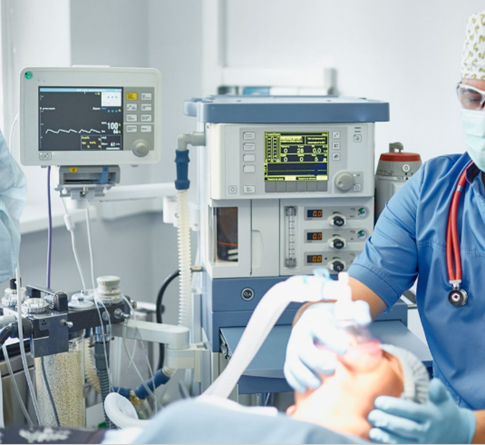
Our clinical hospital performs dental interventions using the following types of anesthesia:
- Mild sedation using dinitrogen oxide (laughing gas) – is slows the nervous system down and helps relax the patient and overcome their anxiety for the duration of the treatment. The gas is effective only while inhaled. After the completion of the intervention the patient does not require any time to wake up and the patient is ready to leave the dental office on their own. It is recommended for short procedures applied to anxious patients, children, patients that do not wish to experience any discomfort while working, etc.

- Heightened intravenous sedation – fully relaxes and sedates the patient. The intravenous line is used to apply sedatives and analgesics that put the patient into a state of twilight sleep with preserved reflexes. During the entire procedure the patient is monitored by a team of anesthesiologists. After the completion of the intervention, the patient has no memory of the intervention itself, wakes up quickly, but also needs to be observed and stay in the hospital for about another 2 hours. This is recommended for more complex interventions where this type of anesthesia shortens the period required for the intervention, children which require tooth extraction and have difficulties cooperating, dentophobic patients, patients afraid of needles, etc.

- General anesthesia – represents a state of unconsciousness where the patient is in deep sleep and does not react to stimuli. During this type of anesthesia, patients are intubated. In dentistry we use this type of anesthesia in case of longer interventions. After the completion of the dental treatment, the patient wakes up in a special room and all of their vital signs are monitored for the duration of the entire procedure. Two to three hours after waking, the patient is ready to leave the hospital. It is recommended for long and complex dental interventions that are exceptionally stressful for the patients, patients with psychological disorders, children with special needs, etc.




